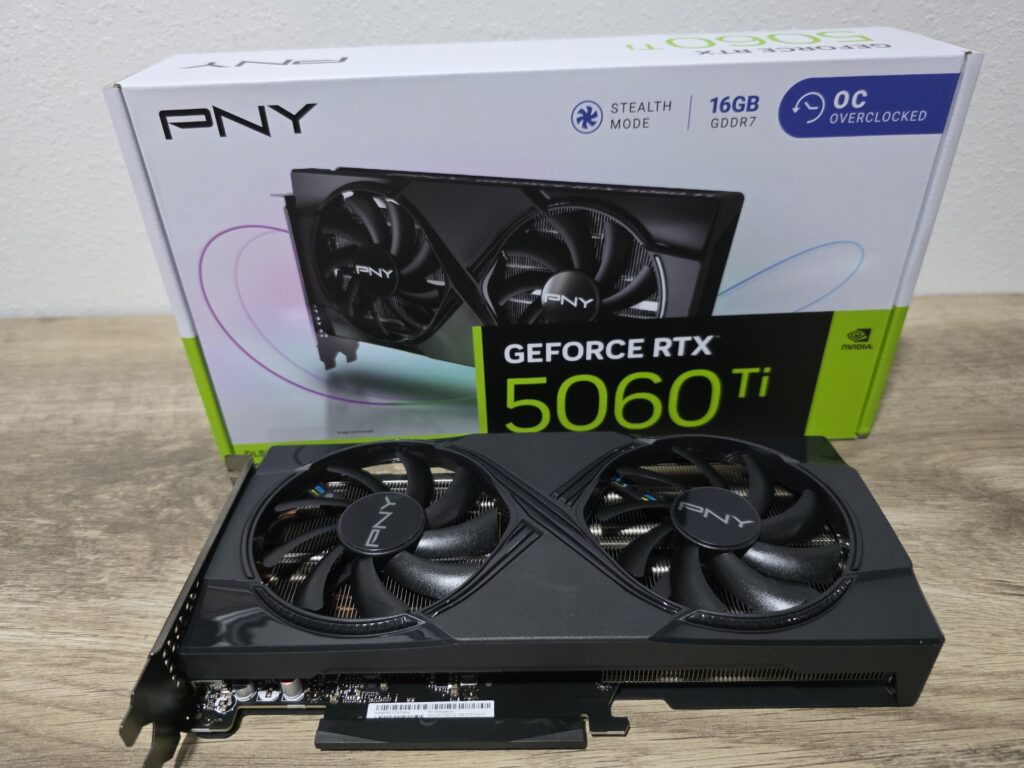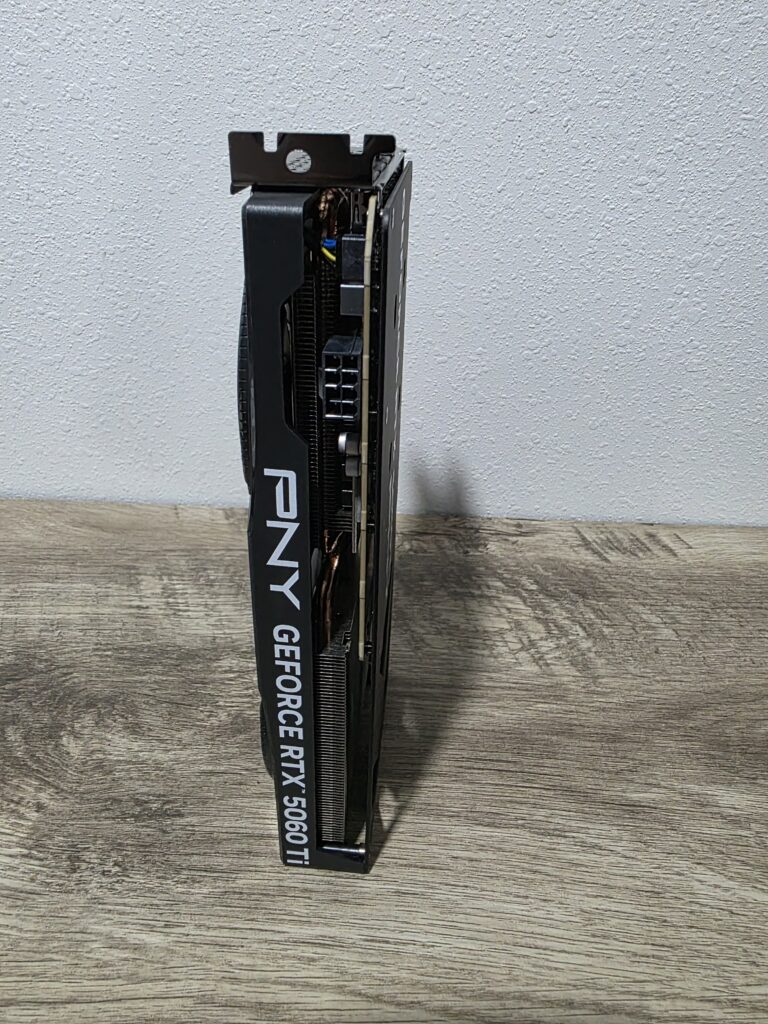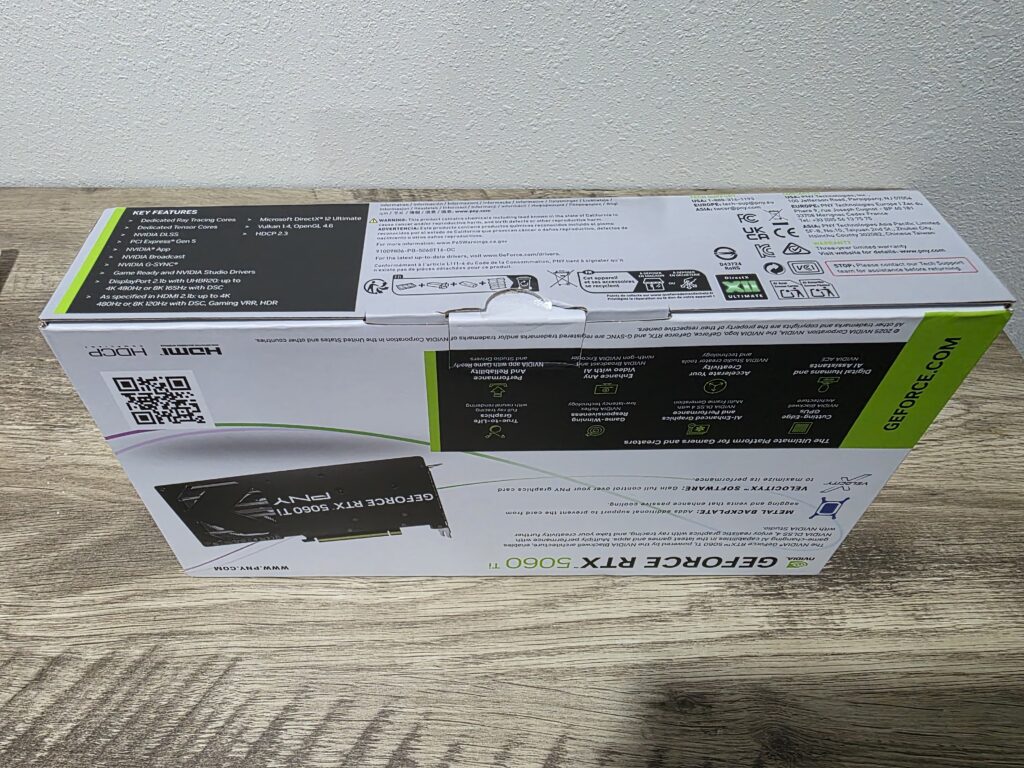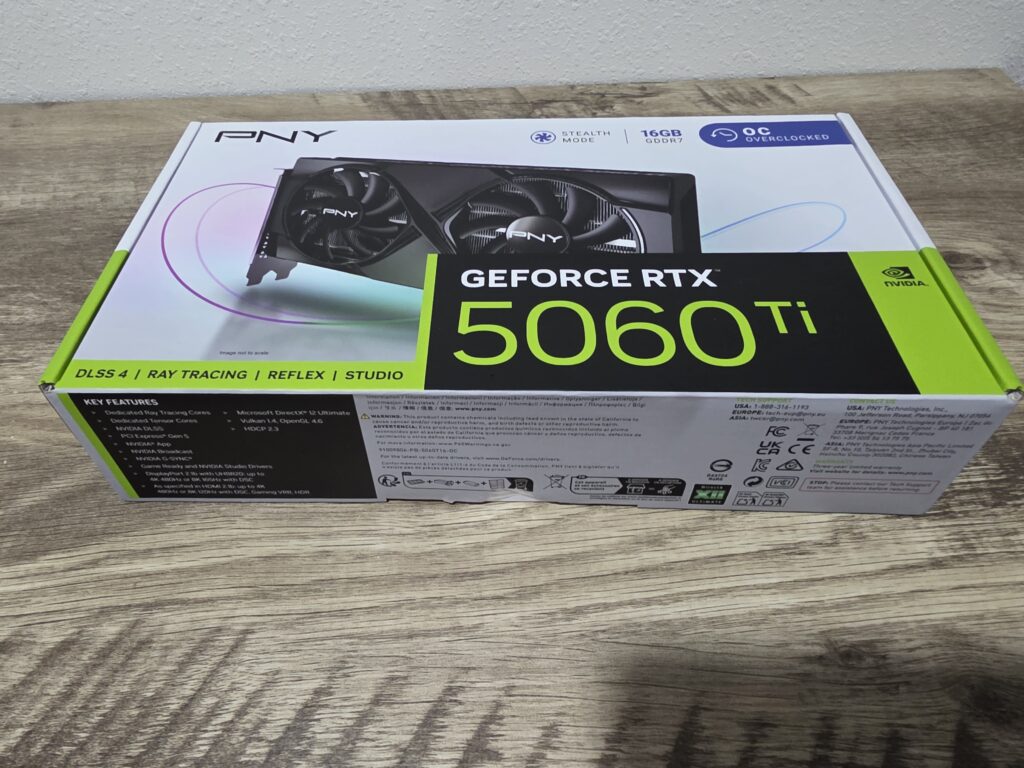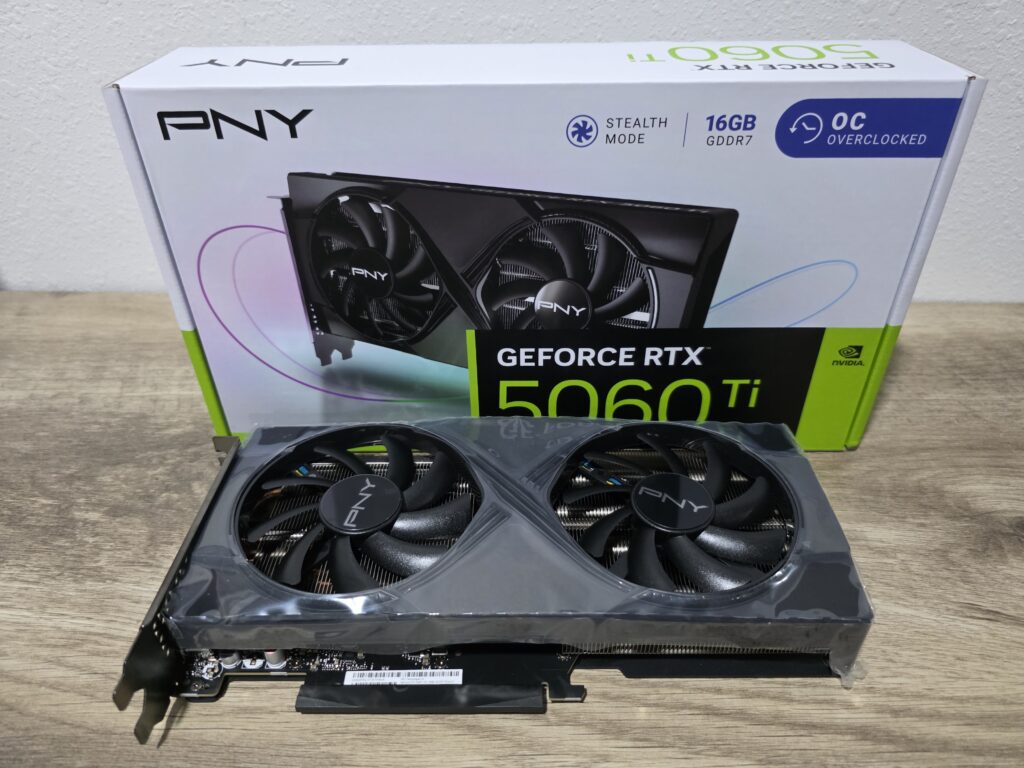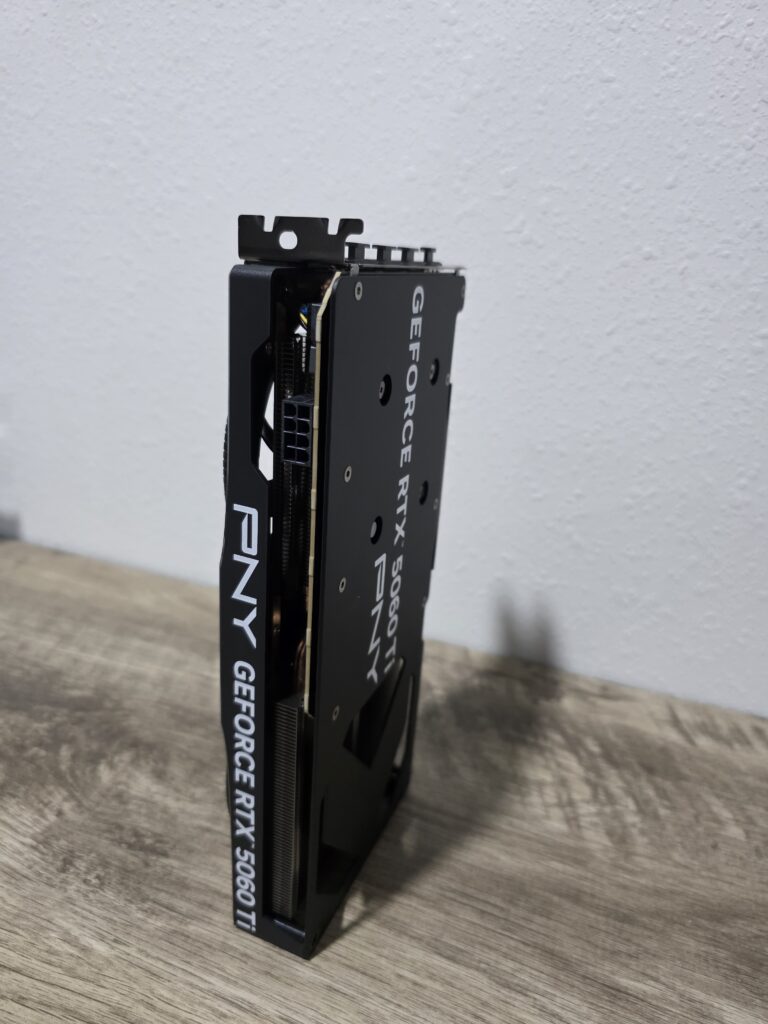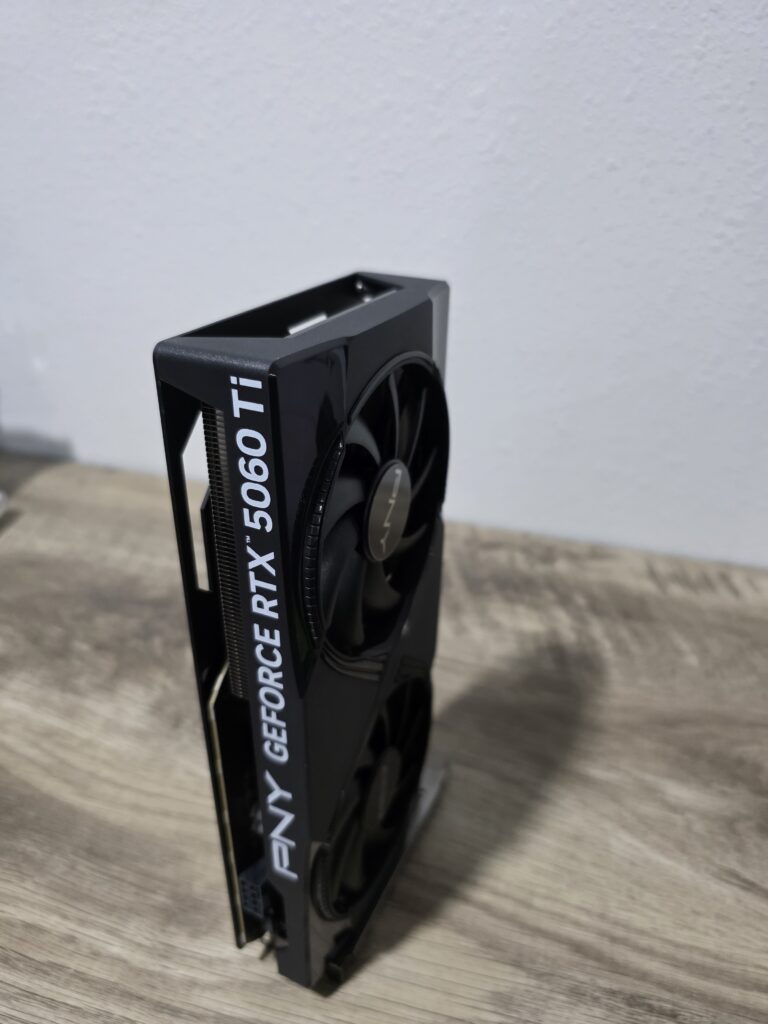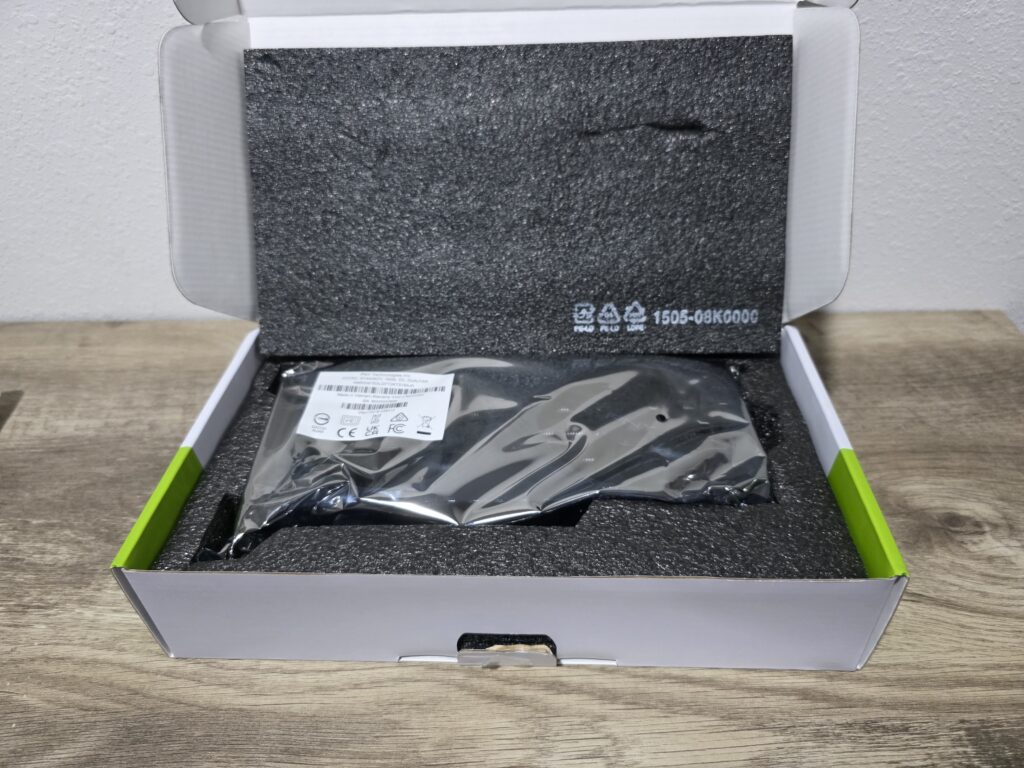Nvidia RTX 5060 Ti Review
Introduction
The Nvidia RTX 5060 Ti arrives as a mid-range successor to the 4060 Ti, aimed squarely at 1080p and 1440p gamers. It carries promises of DLSS 4 enhancements, better efficiency, and stronger AI-accelerated features. However, in practice, the RTX 5060 Ti seems less like a generational leap and more like a lateral step—unless you’re heavily invested in Nvidia’s DLSS ecosystem.

This review dives into what the RTX 5060 Ti offers, how it stacks up against prior-gen cards like the RTX 4060 Ti and RTX 3070, and whether it’s worth your hard-earned cash. We did not receive an 8GB model to compare or the 5060 launching in May, so we cannot complete a full comparison.
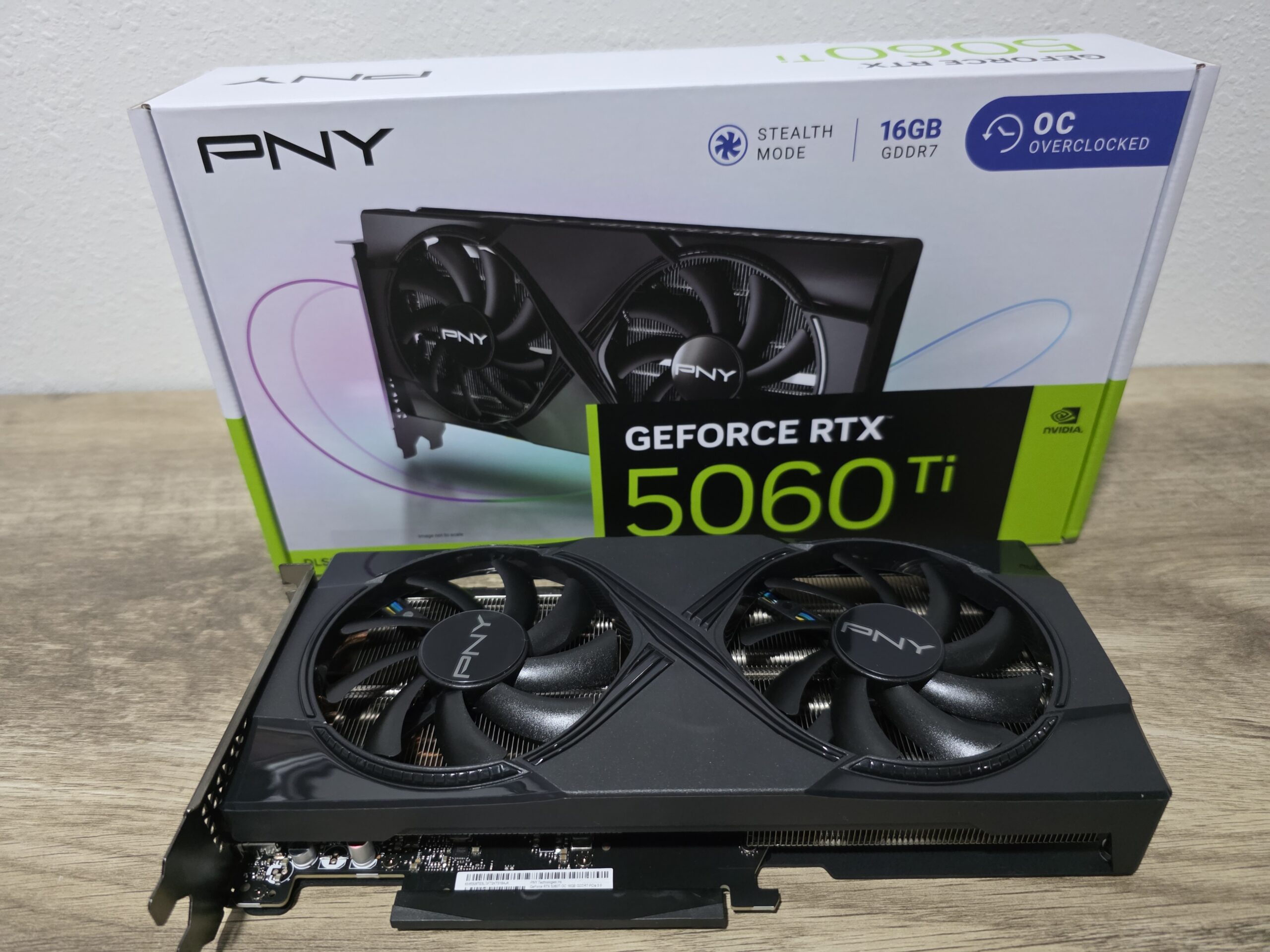
Design and Aesthetics
The RTX 5060 Ti continues Nvidia’s clean design tradition with a compact dual-slot Founders Edition and dual axial-fan cooling. AIB models also follow a predictable path—compact, triple-fan, RGB-lit designs from the usual suspects like ASUS, MSI, and Gigabyte.
With a 180W TDP (a bump from the 160W of the 4060 Ti), it’s not exactly power-hungry, but the performance uplift doesn’t fully justify the added draw. It fits comfortably into most mid-tower cases and doesn’t demand high-end PSUs, making it friendly for builders on a budget.

Let’s take a look at our Benching Methodology:
Benching Methodology
Test Configuration – Hardware
Test Configuration – Software
GeForce Driver Suite-related
Hybrid & Non-Synthetic Tests-related
Game Benchmarks-related
Frametimes Capture
Performance
We tested game benchmarks at 4K, 1440p, and 1080p, and here’s how the RTX 5060 Ti stacks up:
4K Gaming (3840×2160)
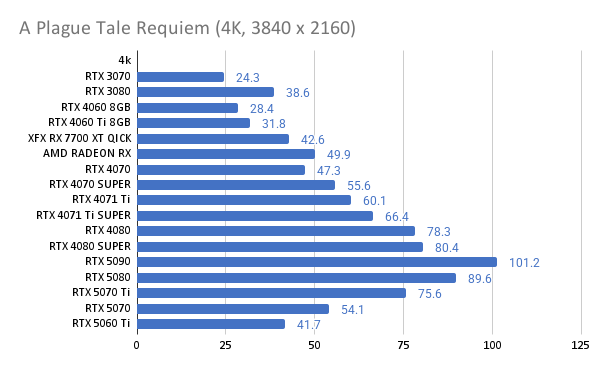
Don’t expect native 4K magic here—but with DLSS 4, it can handle lighter games at 4K or heavy titles on reduced settings.
Verdict: Viable only with frame generation and upscaling. It’s not recommended for 4K-first gamers.
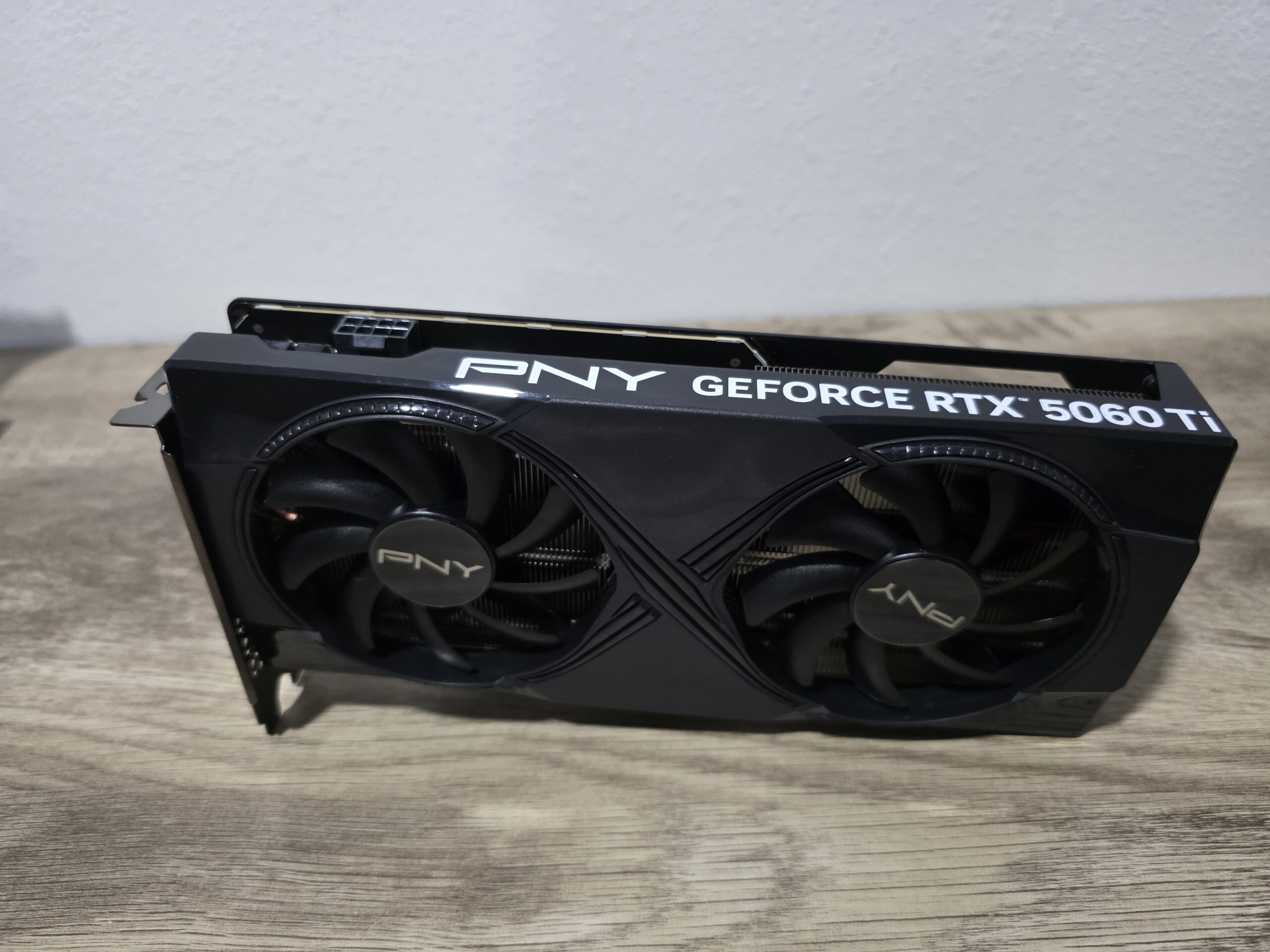
1440p Gaming (2560×1440)
[table id=18 /]- Best use case for the RTX 5060 Ti.
- DLSS 4 does improve frame rates, but native performance isn’t a big jump.
Verdict: If you’re playing at 1440p, the RTX 5060 Ti is great on a budget. If you are on an older generation, like a 3070, this is a nice leap and a worthy upgrade.
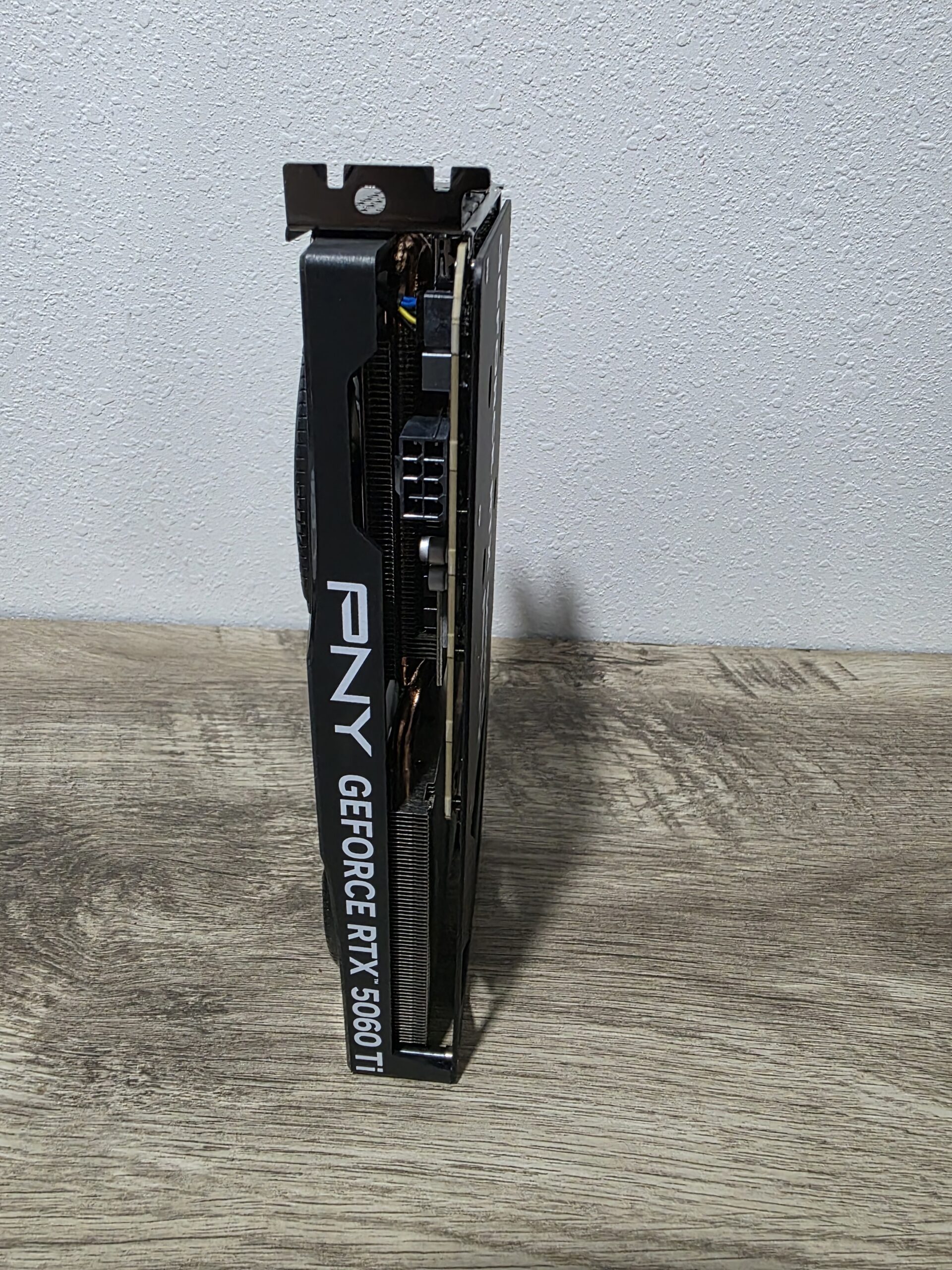
1080p Gaming (1920×1080)
The RTX 5060 Ti shines at 1080p, as expected. With DLSS 4 frame generation, modern AAA games hit 100+ FPS comfortably at ultra settings.
[table id=17 /]- Gains average ~10–15% over the 4060 Ti.
- Falls short of RX 7700 XT and RX 7800 XT in rasterized performance.
Verdict: Only compelling if you’re upgrading from a 3060 Ti or older.
Ray Tracing & DLSS 4 – The Only Real Upgrade
The main selling point of the RTX 5070 is DLSS 4 and Nvidia’s continued push for AI-enhanced performance. Here’s what that means in practice:
- DLSS 4 provides frame boosts in supported games, but it’s not raw performance—just better frame generation.
- RT performance is slightly improved, but not enough to justify an upgrade.
- The RTX 4070 Super holds up surprisingly well, even in DLSS 3 and RT-heavy workloads.
Verdict: The RTX 5070 is only worth it if you prioritize DLSS 4, but its improvements are limited compared to existing Nvidia GPUs.
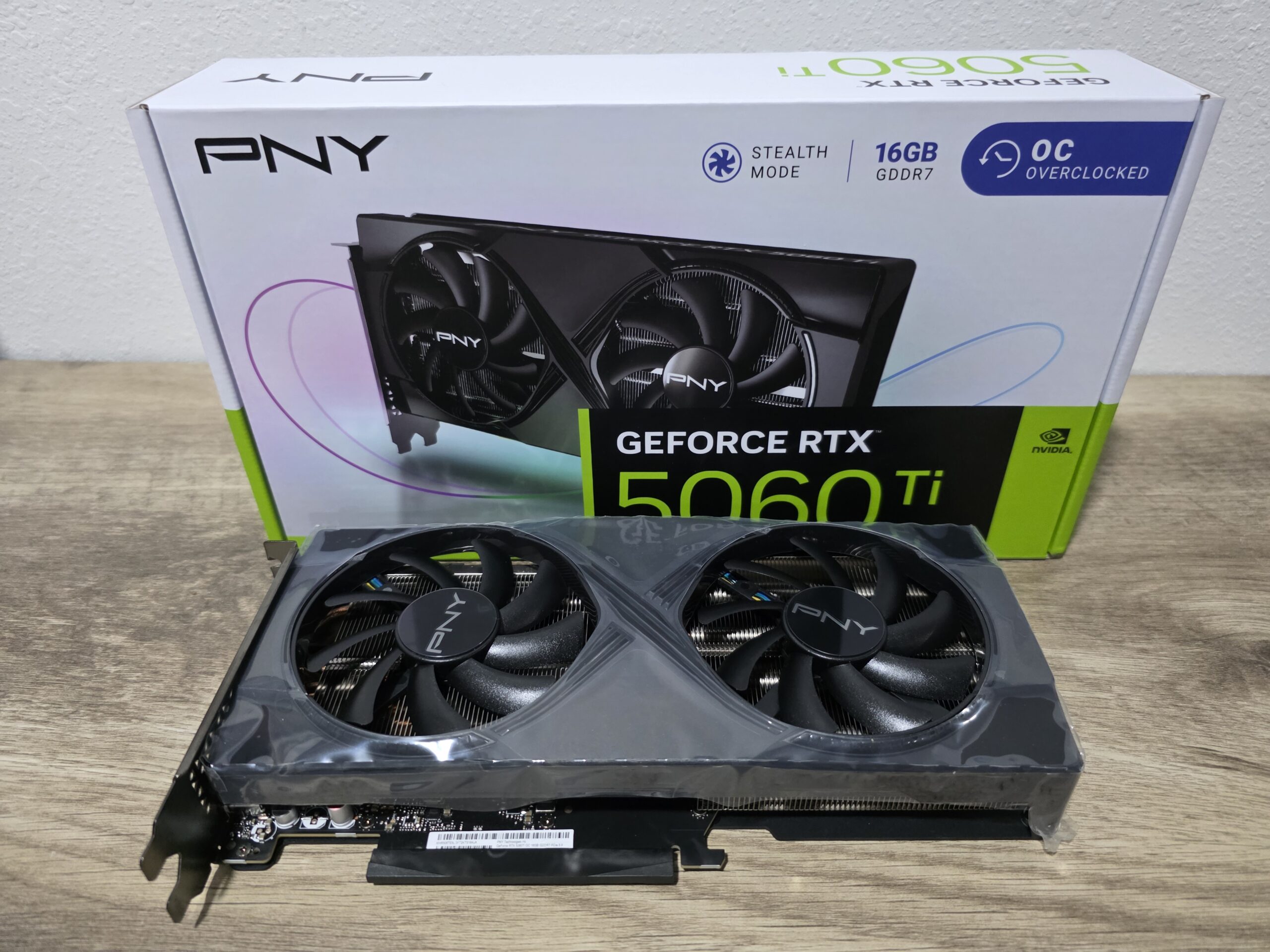
Pricing & Availability
MSRP: $379 (8GB), $429 (16GB) – Tarrif and Market dependant
If bought near MSRP, the 5060 Ti is a reasonable deal. However, if pricing drifts too high, the RX 7700 XT and 7800XT start to look far better in rasterization workloads.

Competitive Landscape – Is AMD a Better Option?
At $549, the RTX is in a great midrange spot, although it is still high for budget gamers. If the price is inflated or for 3rd party options that add a significant amount, the RTX 5070 starts losing its value, especially when compared to AMD’s GPUs:
- RX 7800 XT (~$550) – Better rasterization, more VRAM (16GB), great for 1440p/4K gaming. No DLSS 4, but has FSR.
- RX 7900 GRE (~$649) – Competes with the RTX 4070 Ti, making the RTX 5070 irrelevant if prices skyrocket to this range.
- RX 7900 XT (if discounted) and upcoming AMD launches may be interesting.
Unless ray tracing and DLSS 4 are absolute must-haves, AMD’s options are better for rasterized gaming at often lower prices.
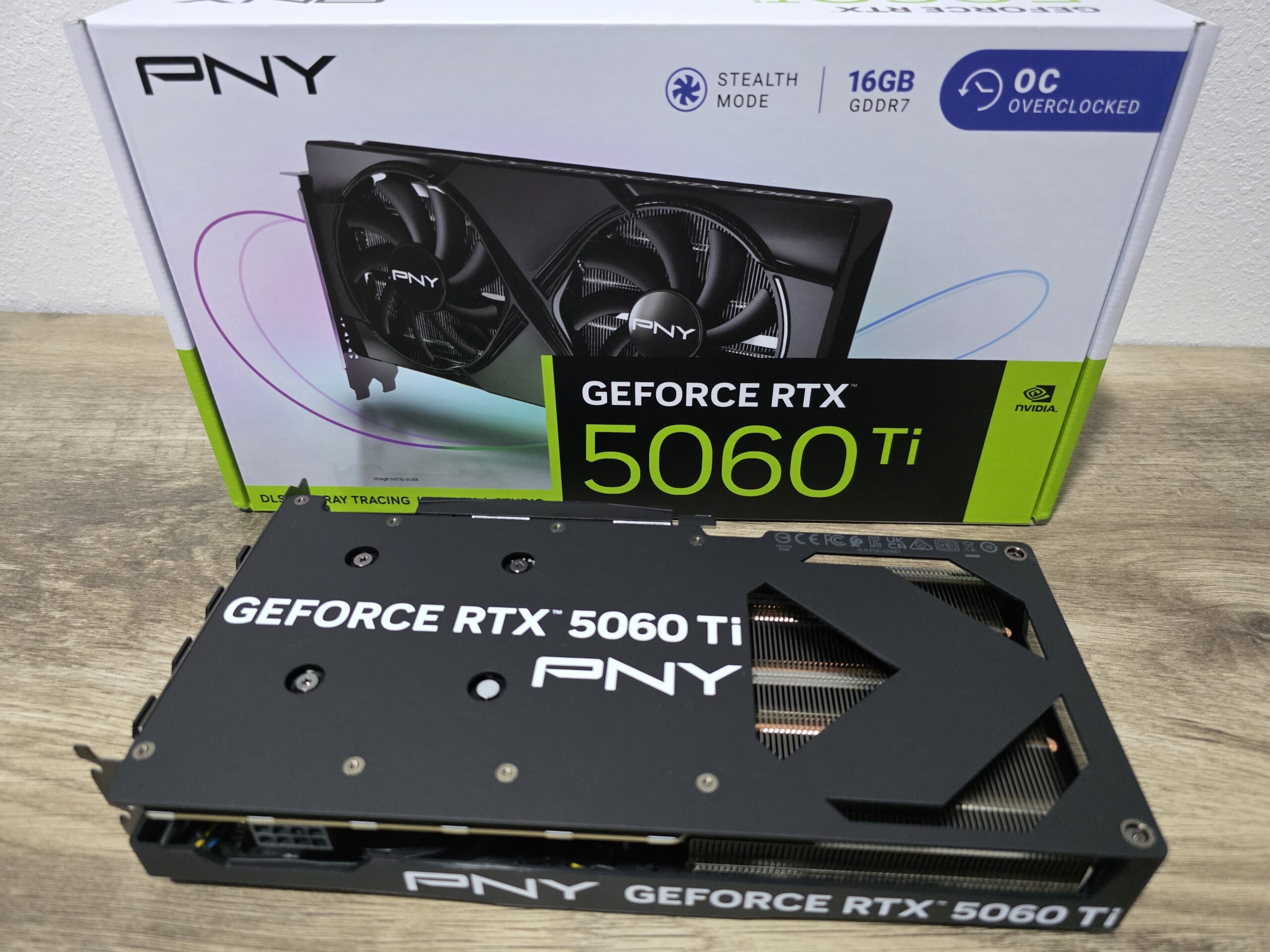
Conclusion – The RTX 5060 Ti Is Good, But Not Great
The Nvidia RTX 5060 Ti is a competent midrange GPU that brings incremental improvements over its predecessor, especially when leveraging DLSS 4. It performs well at 1080p and 1440p, and offers solid gains if coming from a 30-series or older card. Content creators also benefit from enhanced NVENC support for faster 4:2:2 video encoding. Its compact design, low power draw, and frame generation capabilities make it a practical choice for mainstream gamers and small form factor builds.
However, for a new generation card, the performance gains are modest—typically around 10–15% over the RTX 4060 Ti—making it a hard sell unless priced at or below MSRP. If prices drift north of $449, AMD’s RX 7700 XT or 7800 XT become better buys with more VRAM and stronger raster performance. Ultimately, the RTX 5060 Ti is a fine choice at the right price but fails to impress as a major step forward. Wait for discounts or consider stepping up to an RTX 4070 Super or AMD 7800 XT if your budget allows.
✔ Pros
- DLSS 4 support with excellent frame generation
- 10–15% better performance than 4060 Ti
- Compact and efficient
- Good for content creators with improved NVENC support
❌ Cons
Needs DLSS 4 to stay relevant
You’re also likely to be better off grabbing a discounted RTX 4070 Super, an RTX 4080, or an AMD 7900 GRE if stock is not here at launch. DLSS 4 is neat, but it’s not enough.
Minor gains for a generational leap
Pricing threatens its value vs AMD’s lineup
Still 8GB in base model—not future-proof

Should You Buy It?
- Upgrading from RTX 2060/3060 Ti? ✔ Yes, it’s a worthy bump.
- On an RTX 4060 Ti already? ❌ No. Not enough of a jump.
- Can’t get MSRP? ❌ Skip it and look at RX 7700 XT or wait for deals.
Skip it unless you get MSRP pricing at this time, or you are a couple of generations behind and want the latest in the class. Happy Gaming!

